|

On eBay Now...
Sarmatian Sword circa 4th century AD. For Sale
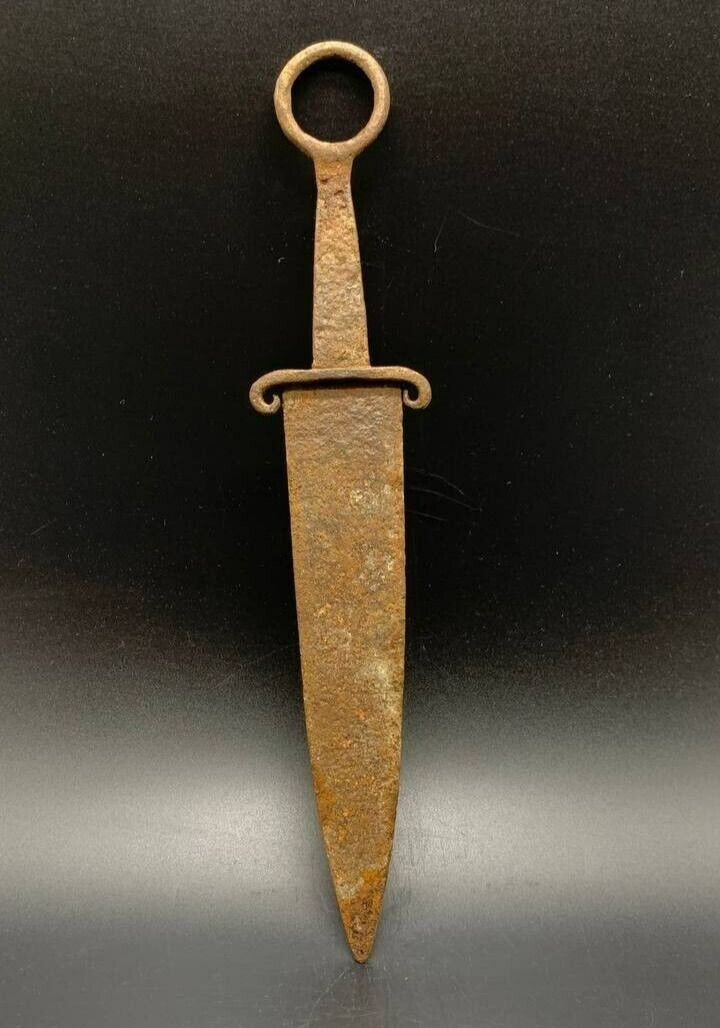
When you click on links to various merchants on this site and make a purchase, this can result in this site earning a commission. Affiliate programs and affiliations include, but are not limited to, the eBay Partner Network.

Sarmatian Sword circa 4th century AD.:
$330.00
Sarmatian Sword circa 4th century AD.
Item from a private collection.Weight - 208,0 grams.Length - 36 cmЛот № 74
Diodorus Siculus reports on the resettlement of the Sarmatians by the Scythians from Media to the Tanais River.
Pliny also reported that the Sarmatians are related to the Medes.
Herodotus reported that the Sarmatians descended from the Amazons who married Scythian youths who moved with their wives "to the east of Tanais at a distance of three days' journey in the direction of the north win.However, speaking about the origin of the Scythians themselves, Herodotus reported that the "Scythian nomads" who lived in Asia were forced out by the Massagets and, "crossing the Araks River, went to the Cimmerian land", while uncertainly classifying the Massagets themselves as the same Scythians.
Herodotus also reported that the language of the "Sarmatians" is Scythian, "but they have been speaking it for a long time with errors."
During the invasion of Darius I into Scythia, the Sarmatians supported the Scythians and formed part of the army of the Scythian kings.There is another version about the origin of the name "Sarmatians". I. Markvart brought him closer to the name of one of the sons of Traetaona, Sairim, the hero of the Avestan story about the three brothers Sairim, Tura and Arya. Firdousi writes in Shahnameh that the “West” fell into the possession of Salmu (Sairima), Turan - Chin and Turan, and Ireju (Arya) - Iran.Conquest of ScythiaThe approximate territory of Scythia in the first millennium BC. e.
In the V-IV centuries BC. e. Sarmatians were peaceful neighbors of Scythia. Scythian merchants, heading to the eastern countries, freely passed through the Sarmatian lands. In the war with the Persians, the Sarmatians were reliable allies of the Scythians. During the time of Atey, allied relations were preserved, the Sarmatian detachments served in the army and at the court of the Scythian king. Separate groups of Sarmatians settled on the territory of European Scythia.At the end of the IV century BC. e. the situation has changed. The Scythians were defeated by the ruler of Thrace Lysimachus, the Thracians and the Celtic tribes of the Galatians pressed the Scythians from the west. The result of unsuccessful wars was the decline of the economy and the falling away from Scythia of part of the previously conquered lands and tribes. Following the weakening of the Scythian kingdom, its friendly relations with the Sarmatians changed in the 3rd century BC. e. enmity and offensive of aggressive and warlike young Sarmatian unions to Scythia.In the famous story of Lucian “Toksaris, or Friendship”, the Scythians Dandamis and Amizok test their loyalty to friendship in the difficult events of the Sarmatian invasion. “Sauromates came to our land among ten thousand horsemen, on foot, they said, three times more came. Since they attacked people who did not expect their arrival, they put everyone to flight, which usually happens in such cases; they killed many of those capable of bearing weapons, others were taken away alive, except for those who managed to swim across to the other side of the river, where we had half the nomad camp and part of the wagons ... wagons with all who were in them.Constant raids and the gradual capture of the Scythian territory by the Sarmatians ended with the mass migration of the Sarmatian tribes to the Northern Black Sea region.Pomponius Mela in his description used the information of the Roman sea expedition that reached Jutland in 5 AD. e. Of all the Germanic tribes, only the Hermiones lived east of the Elbe, but Pomponius did not know about their eastern neighbors, apparently assuming that they were Sarmatians, since this was on the borders of the Roman Empire with present-day Hungary, and applied this ethnonym to all non-Germanic tribes north of the Danube and east of the Elbe.


Sarmatian Sword circa 4th century AD. $850.00
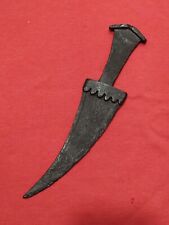
Sarmatian sword - 800-500 Rarik. $99.00
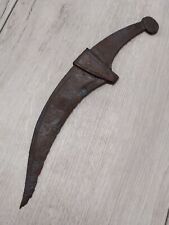
Sarmatian-Scythian sword - 600-800 century B $155.00
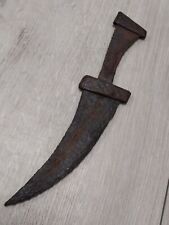
Sarmatian sword - 650-550 Rarik. $140.00
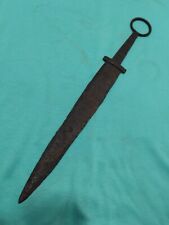
Sarmatian-Scythian sword - 800-500 century B $755.00

Sarmatian-Scythian sword - 800-500 century B $325.00

Sarmatian Medieval Combat Spangenhelm Viking War Battle Helmet Armor $99.99
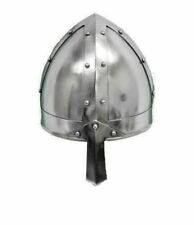
Sarmatian Medieval Combat Spangen helm Viking War Battle Helmet Armor $86.53
|